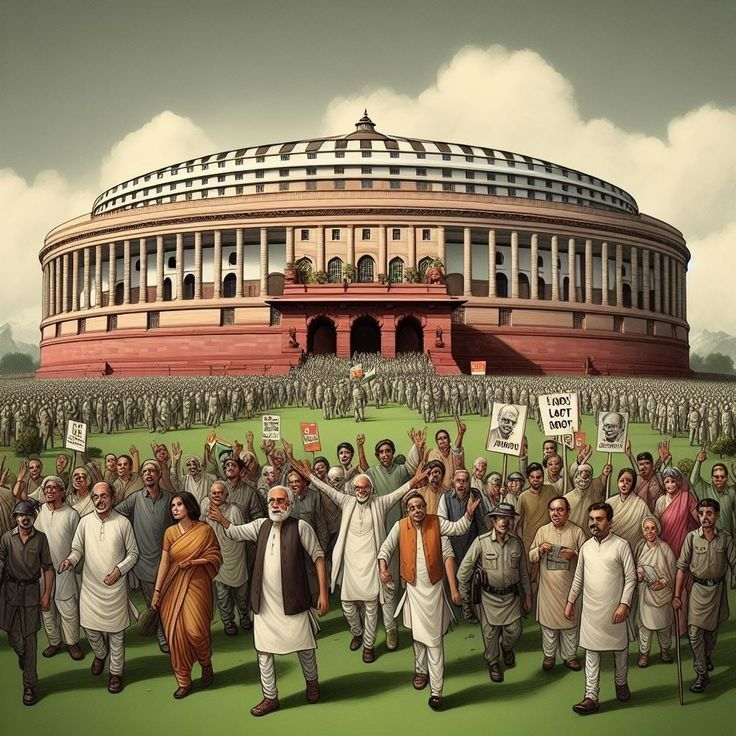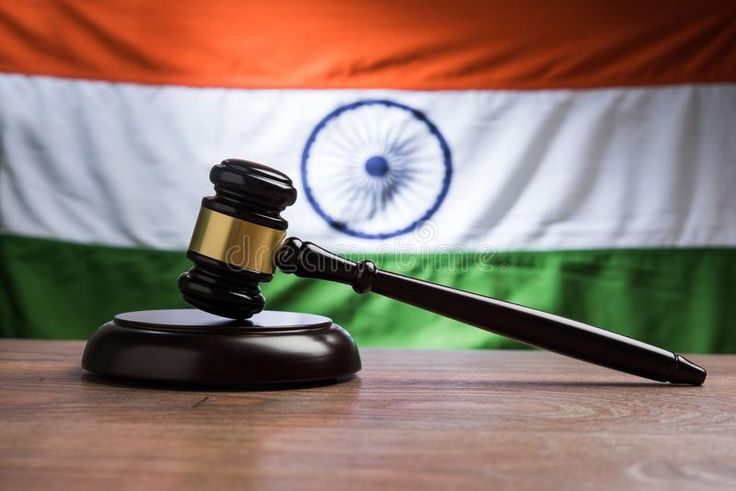Context and Significance of the Presidential Office
The President of India is the head of the State and the supreme commander of the Armed Forces, holding the highest constitutional office in the Republic of India. The position symbolizes the unity, integrity, and sovereignty of the nation. While the President’s role is largely ceremonial, the office holds significant constitutional importance as the guardian of the Constitution and the functioning of parliamentary democracy.
The method of electing the President of India is unique and reflects the federal nature of the Indian Constitution. It ensures a balance between the Union and the States, while maintaining the spirit of equality among all citizens through an indirect election system. The election process is governed primarily by Articles 52 to 62 of the Indian Constitution, read with the Presidential and Vice-Presidential Elections Act, 1952, and the Presidential and Vice-Presidential Elections Rules, 1974.
Constitutional Basis for the Office of President
The Constitution of India establishes the office of the President under Article 52, which states:
“There shall be a President of India.”
Article 54 lays down the method of election, and Article 55 provides the manner in which the election is to be conducted to ensure uniformity in representation of the States and the Union.
Thus, the Indian President is not directly elected by the people but by an Electoral College, representing both the Union and the States, ensuring that the President remains above political and regional biases.
Electoral College — Composition
According to Article 54, the President of India is elected by an Electoral College, which consists of:
- Elected members of both Houses of Parliament (Lok Sabha and Rajya Sabha)
- Elected members of the Legislative Assemblies of the States (including the Union Territories of Delhi and Puducherry)
Note: The nominated members of Parliament and State Legislatures do not participate in the Presidential election. Similarly, members of State Legislative Councils (MLCs) are also excluded.
This composition reflects India’s federal structure, ensuring representation from both the Centre and the States in the election of the head of the Union.
Value of Votes — Ensuring Uniformity
One of the most distinctive features of the Indian Presidential election is the system of proportional representation through the single transferable vote (STV) method. This ensures equal weight to all States based on population, without compromising the equality among the States themselves.
To maintain balance, the value of votes is calculated as follows:
(a) Value of a Vote of an MLA
The value of the vote of an MLA (Member of Legislative Assembly) is determined by the population of the State (as per the 1971 Census) divided by the total number of elected MLAs, and then divided by 1000. Value of MLA’s vote=Population of the State1000×Number of elected MLAs\text{Value of MLA’s vote} = \frac{\text{Population of the State}}{1000 \times \text{Number of elected MLAs}}Value of MLA’s vote=1000×Number of elected MLAsPopulation of the State
For example, if a State has a population of 2 crore and 200 MLAs, then: Value of MLA’s vote=2,00,00,0001000×200=100\text{Value of MLA’s vote} = \frac{2,00,00,000}{1000 \times 200} = 100Value of MLA’s vote=1000×2002,00,00,000=100
So each MLA in that State will have 100 votes.
(b) Value of a Vote of an MP
After determining the total value of all MLAs’ votes from all States, the total is divided by the number of elected MPs (from both Houses) to get the value of each MP’s vote. Value of MP’s vote=Total value of all MLA votesTotal number of elected MPs\text{Value of MP’s vote} = \frac{\text{Total value of all MLA votes}}{\text{Total number of elected MPs}}Value of MP’s vote=Total number of elected MPsTotal value of all MLA votes
This ensures parity between the Union and the States, meaning the total value of votes from all MPs is roughly equal to that of all MLAs combined.
Voting Method — Single Transferable Vote System
The President is elected by the proportional representation system through the single transferable vote (STV) method, using a secret ballot.
Each voter (MP or MLA) ranks the candidates in order of preference — 1, 2, 3, and so on.
Steps in the Voting Process:
- A candidate must secure more than 50% of the total valid votes to be declared elected.
- If no candidate secures this majority in the first round, the candidate with the lowest number of first-preference votes is eliminated.
- The second-preference votes of the eliminated candidate are then transferred to the remaining candidates.
- This process continues until one candidate achieves the required majority.
This method ensures that the elected President enjoys broad-based support from across the nation, rather than a narrow political majority.
Nomination and Qualification
To become a candidate for the Presidential election, one must meet the qualifications laid down in Article 58:
- Must be a citizen of India;
- Must have completed 35 years of age;
- Must be qualified to be elected as a member of the Lok Sabha; and
- Must not hold any office of profit under the Government of India or any State Government (except certain exceptions like the Vice-President, Governor, or Minister).
Nomination Requirements
- Each candidate must be proposed by at least 50 electors and seconded by another 50 electors.
- A security deposit of ₹15,000 must be made, which is forfeited if the candidate fails to secure at least one-sixth of the total valid votes.
Conduct and Supervision of Election
The Election Commission of India (ECI), under the authority of Article 324, conducts and supervises the Presidential election. It ensures free, fair, and transparent elections.
In case of any dispute regarding the election, Article 71 provides that it shall be decided exclusively by the Supreme Court of India.
Oath, Term, and Vacancies
- The President takes the oath of office under Article 60, administered by the Chief Justice of India (or the next senior-most judge if the CJI is unavailable).
- The President holds office for a term of five years, as per Article 56, but is eligible for re-election.
- In case of vacancy due to death, resignation, or removal, the Vice-President acts as the President until a new election is held.
Importance of the Electoral Process
The indirect election process reflects the parliamentary form of government in India, ensuring that the President is elected through the collective will of the people’s representatives rather than direct populism. This protects the neutral and non-partisan nature of the office.
The proportional representation system ensures that States with larger populations have more influence but not at the cost of smaller States. It is a perfect example of federal equilibrium and democratic fairness in India’s constitutional design.
Mnemonic to Remember — “PRECISE”
To remember the method of electing the President, use the mnemonic PRECISE:
P – Proportional Representation using the Single Transferable Vote
R – Representation from both Parliament and State Legislatures
E – Election Commission supervises the process
C – Calculation of vote value (based on population and MLAs/MPs)
I – Indirect election, not by direct popular vote
S – Secret ballot ensures impartiality
E – Eligibility and Nomination under Article 58
About lawgnan
Understanding the method of electing the President of India is crucial to appreciating our nation’s democratic and constitutional framework. Visit Lawgnan.in to explore comprehensive explanations, case laws, and constitutional analyses related to Indian governance. Deepen your knowledge of how proportional representation, single transferable vote, and federal balance shape the election of the highest office in India. Stay informed about the principles that sustain our democracy and constitutional integrity. Join Lawgnan.in — your one-stop destination for reliable, student-friendly, and expertly curated legal learning resources.




